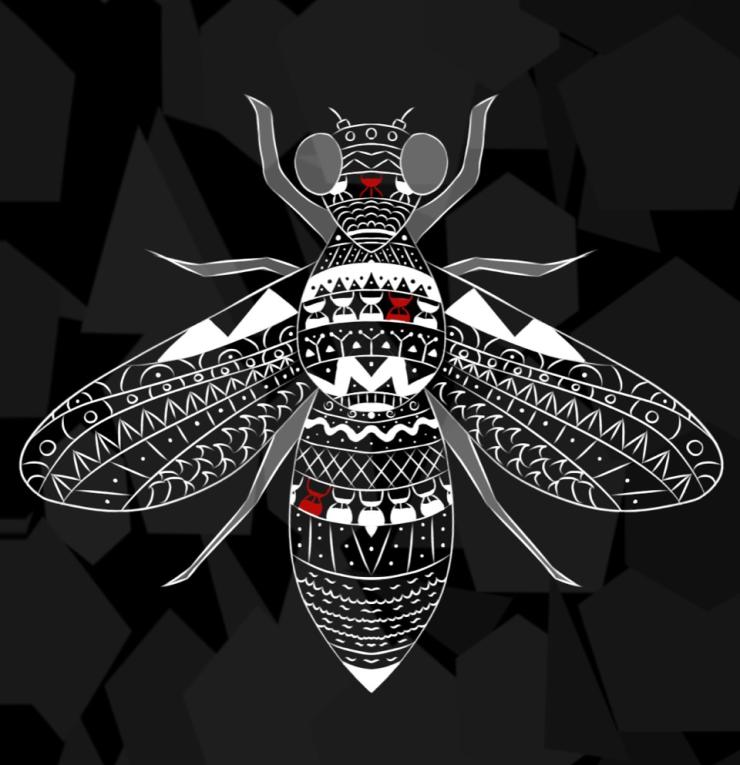Close up on aging reveals different cells age at different pace
As the body ages, organ function progressively declines and the risk for a wide range of diseases, including cardiovascular disease, cancer and neurodegenerative diseases, increases. Understanding how the body ages is an intense area of research as it will potentially illuminate ways to promote healthy aging.
Researchers at Baylor College of Medicine, Chan Zuckerberg Biohub San Francisco, Genentech, a member of the Roche Group and collaborating institutions are breaking a path in that direction. They report in the journal Science, the first Aging Fly Cell Atlas (AFCA), a detailed characterization of the aging process in 163 distinct cell types in the laboratory fruit fly. Their in-depth analysis revealed that different cell types in the body age differently, each cell type following a process involving cell type-specific patterns. AFCA provides a valuable resource for researchers in the fruit fly and aging communities as a reference to study aging and age-related diseases and to evaluate the success of anti-aging strategies.
“Research has shown that, for instance, some cells like neurons in the brain live longer than cells in the gut lining, which are replaced by new ones often,” said co-corresponding author Dr. Hongjie Li, assistant professor of molecular and human genetics and the Huffington Center on Aging at Baylor. He is also a member of Baylor’s Dan L Duncan Comprehensive Cancer Center. “Our team is interested in better understanding how different cell types age differently, and to that end we analyzed in detail several biological characteristics of individual cell types as fruit flies aged naturally in the lab. The fruit fly is a well-known model to study human conditions. About 75% of genes associated with human diseases have functionally similar counterparts in the fly.”
Dr. Stephen Quake, the Lee Otterson Professor of Bioengineering and Applied Physics at Stanford University and co-corresponding author of the Science paper, said the new atlas provides a powerful, open-access resource for scientists to better understand the biology of aging. “Through a highly productive collaboration, our team has created an exceptionally detailed map of how gene expression changes with aging across a wide range of cell types in the fly,” said Quake, also head of science at the Chan Zuckerberg Initiative (CZI). “Since a majority of these genes have similar roles in people, this dataset offers a unique vantage point to begin to decipher why many serious human diseases emerge in later life.”
As the flies aged, the researchers took samples when the animals were 30, 50 and 70 days old (the latter is equivalent to an 80-year-old person). At each time point, the team conducted single-nucleus RNA sequencing to analyze gene expression changes in individual cells in different organs and compared the results to those of young flies (5 days old). The team examined four different aging features: cell composition changes, number of differentially expressed genes, change in the number of expressed genes and decline of cell identity. They found that as flies age, these features change as a group according to cell type-specific patterns.
“We found that aging impacts cellular composition across the whole fly,” Li said. Fat body cells were among the cell types that increased in number the most, while muscle cells decreased the most. Neurons, however, did not show major changes in the number of cells during the fruit fly’s life. “In addition, the analysis of the genes expressed by different cell types in time revealed that fat cells show the largest difference between the number of genes expressed in young versus old fruit flies,” Li said.
The researchers also found that about 80% of all the cell types analyzed decreased the number of genes expressed, and 20% increased this number. “We plan to study the mechanism of this observation in the future,” said co-first author Dr. Tzu-Chiao Lu, postdoctoral associate in the Huffington Center on Aging.
The team also investigated whether cellular gene expression programs that define cell identity change as the animals age. “For example, compared to the flight muscle identity marker Nig1 in young flies, the marker in older flies is dramatically decreased, while other markers began to appear as the flies grew older,” Li said.
“We have learned that each of the four aging features we studied measures a different aspect of the cell and that not a single feature applies to all cell types,” Li said. “Combining all aging features led us to discover unique cell type-specific aging patterns and comparing them revealed useful and interesting findings. For instance, neurons in the brain age slowly, while muscle, fat and liver cells age much faster. Also, cell-type specific aging patterns may vary according to gender.”
“A critical observation of this study is that cell type-specific aging patterns in cells can be used to gauge biological age, that is the relative aging status of an organism, independent of its chronological age,” said co-corresponding author Dr. Heinrich Jasper, principal fellow at Genentech. “This will provide further insight into factors, such as diets, drugs and diseases, that may change the aging trajectory and hence make an organism ‘younger’ or ‘older’ than its chronological age.”
“We hope that researchers will explore the possibilities AFAC offers to a variety of scientific fields, including genetics, cell biology and physiology,” Li said. The team has developed a user-friendly data portal and provide access via CZI’s CELLxGENE platform. All resources can be accessed at https://hongjielilab.org/afca.
For the complete list of all the authors, their affiliations and financial support for this work, see the publication.











 Credit
Credit